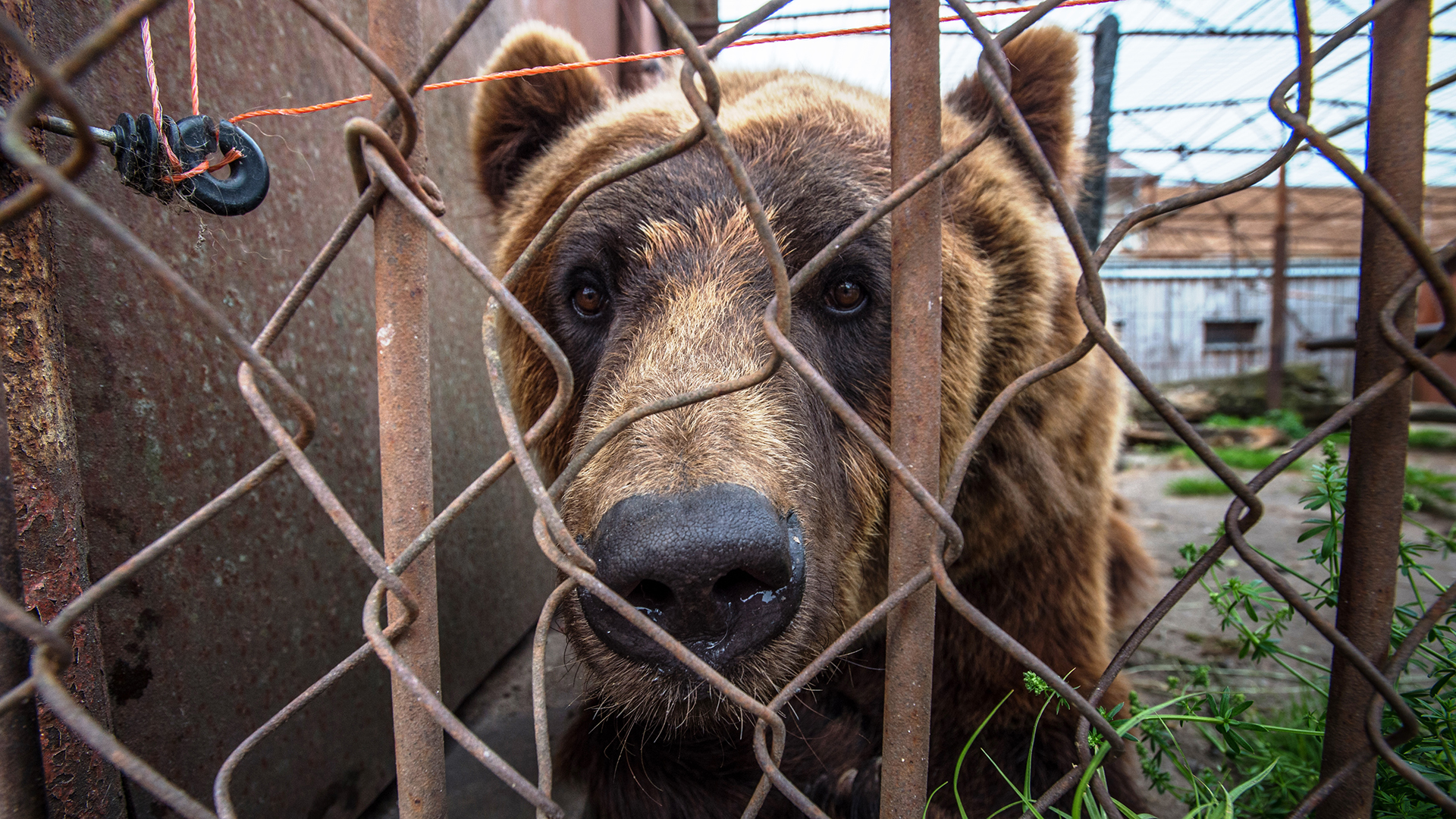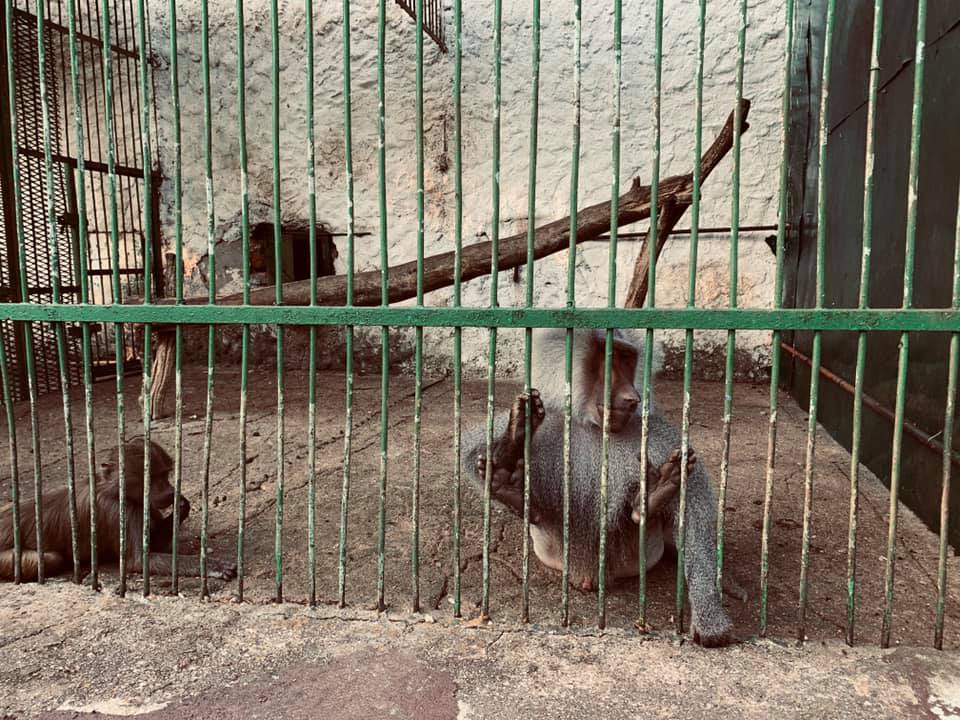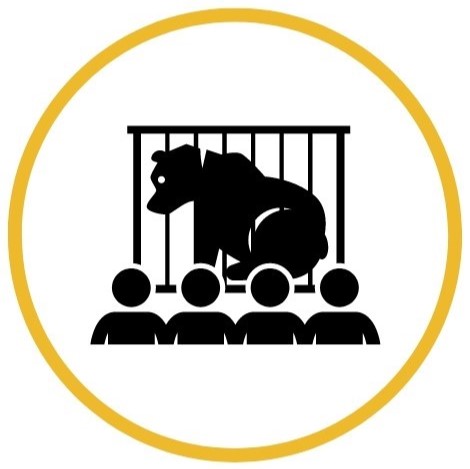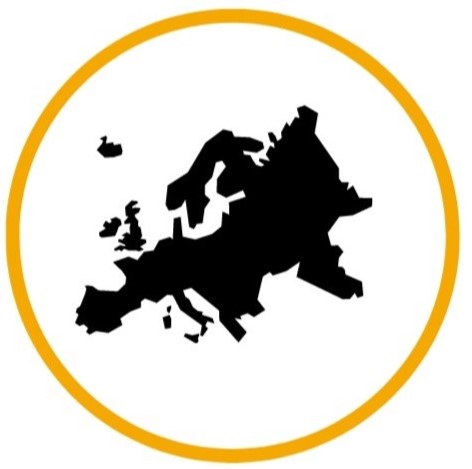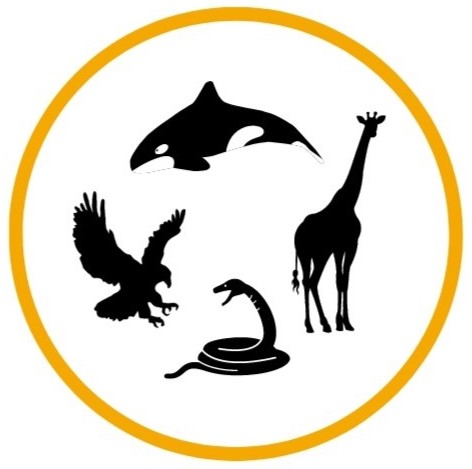WHAT TO WRITE:
The most effective emails or letters are usually short and concise. Around 300 words should be adequate to relay your comments and concerns. Be specific about why you are writing and what concerns you have. Did you visit the facility with your family or friends? Did you pay an entry fee or buy a ticket? If you did, you have the right to raise your concerns about the welfare of the animals you encountered.
Please be polite and courteous. You are less likely to receive an answer if you rant or are rude. You want to be taken seriously by the people you are writing to.
POINTS TO INCLUDE:
- The date of your visit
- Where you saw the animals, the name of the facility and its location
- What you personally witnessed, including what animals you saw or are concerned about
- Describe the conditions the wild animals were in or how the animals were treated
- Explain if the animals were being made to perform tricks and what they were doing
- Describe your feelings at the time
- Ask direct questions that require an answer, such as:
– Can you assure me that my concerns will be investigated?
– Are you aware this activity is going on?
– What are the laws concerning the welfare of animals in zoos and at events etc?
- If you have concerns about a zoo in the UK, you could ask the relevant Local Authority to see a copy of the zoo’s most recent inspection report.
- If you have images to support your concerns, include them with your letter or email
- Ask for a reply and give your contact details
Please send Born Free copies of any replies you receive, either by email or to our UK office (marked FAO Captivity department).
For more guidance in relation to raising your concerns about captive animals when travelling internationally, please visit our Take Action Global page.
TAKE ACTION FOR CAPTIVE ANIMALS IN THE UK


